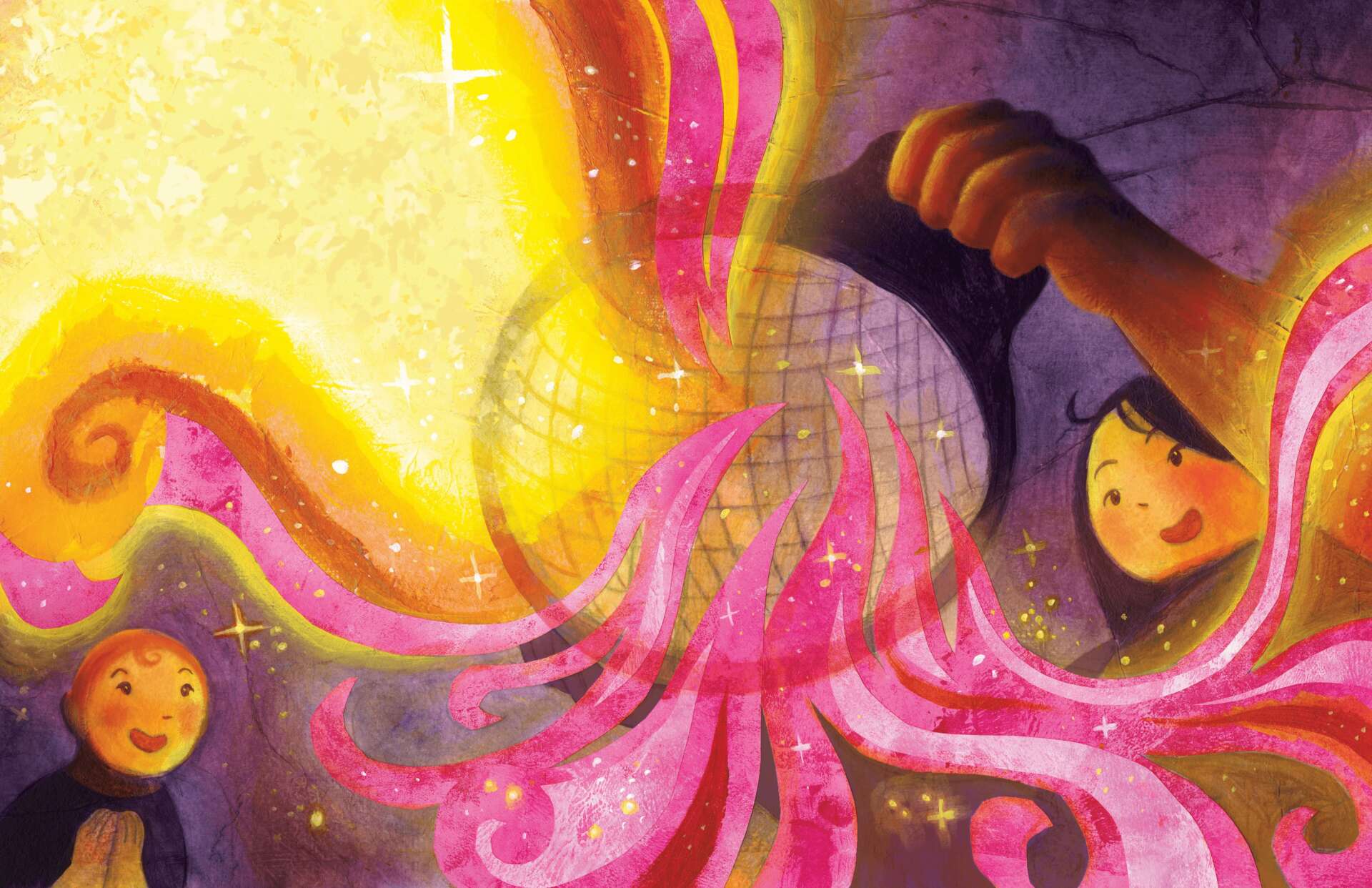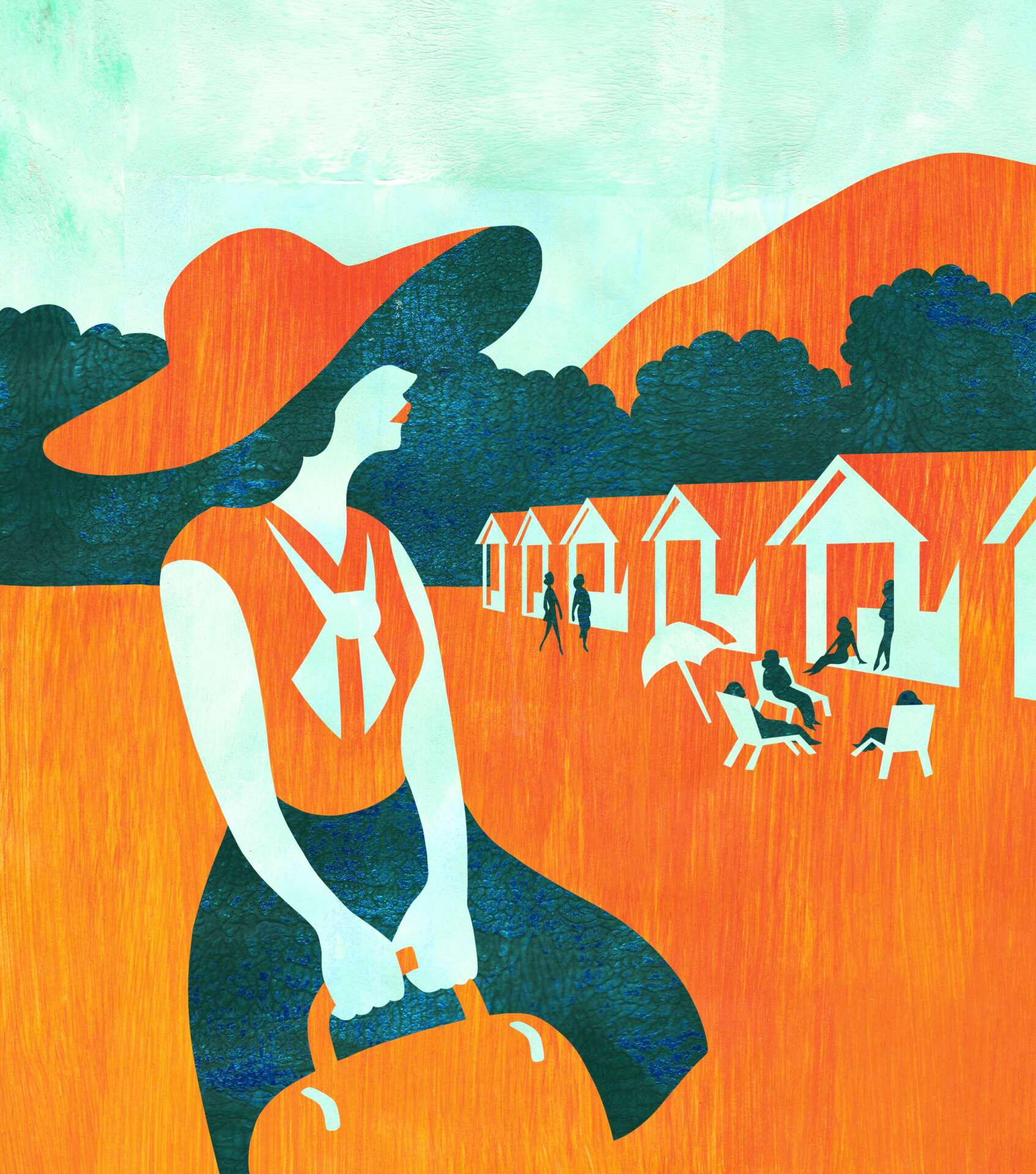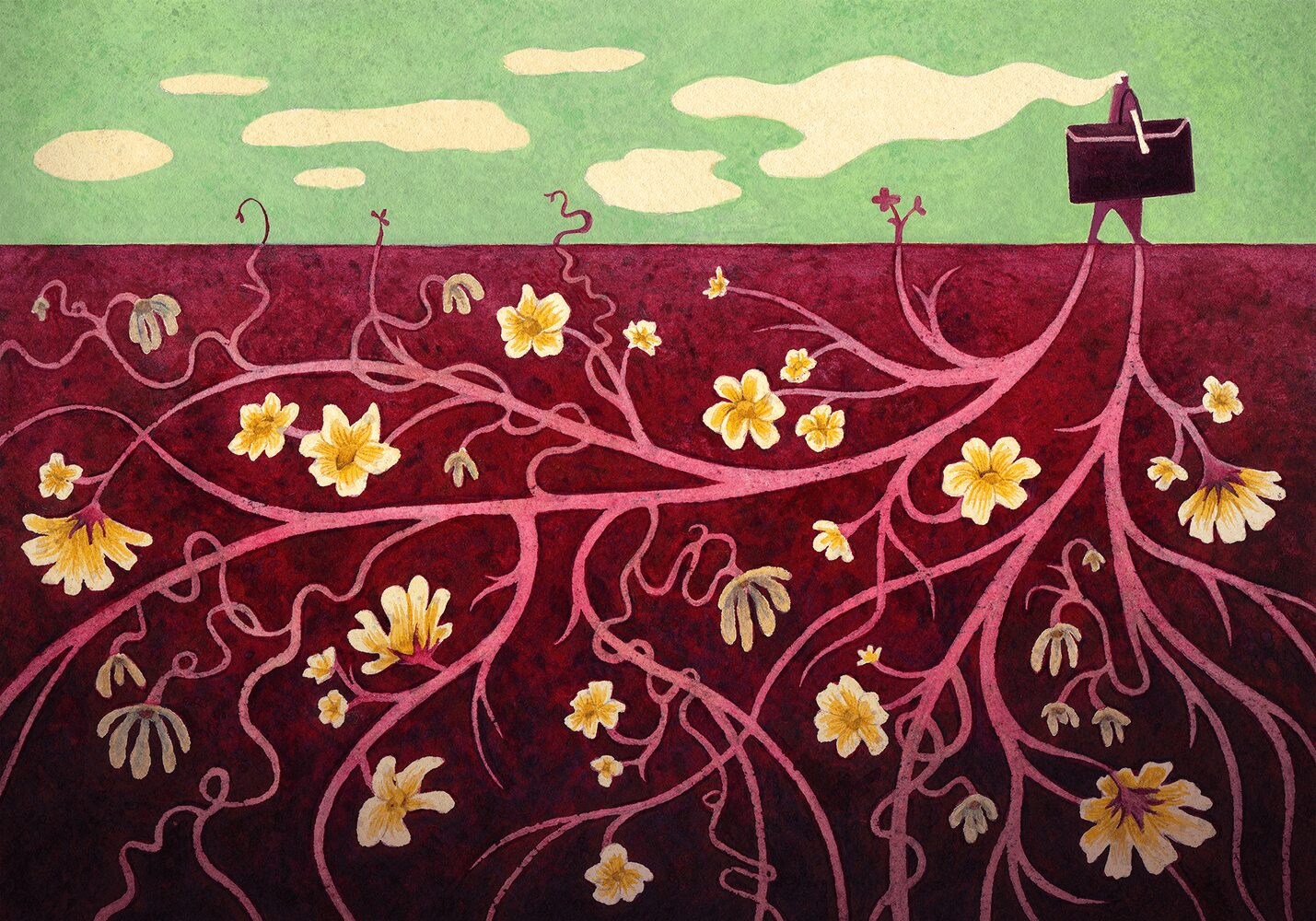We’re excited to introduce you to the always interesting and insightful Marianna Smith. We hope you’ll enjoy our conversation with Marianna below.
Marianna, thanks for joining us, excited to have you contributing your stories and insights. It’s always helpful to hear about times when someone’s had to take a risk – how did they think through the decision, why did they take the risk, and what ended up happening. We’d love to hear about a risk you’ve taken.
Almost one year ago, I packed my bags, said goodbye to my hometown of Fredericksburg, Virginia, and drove to Syracuse, New York, to pursue a Master of Fine Arts in Illustration at Syracuse University. Before considering getting an MFA, I was a full-time high school art teacher moonlighting as a children’s book illustrator. While the stability of a monthly paycheck was comforting, teaching full-time was burning me out, and it wasn’t really what I wanted to do. My dream was to be a full-time children’s book illustrator. However, I sent my children’s book portfolio to dozens of publishers, but none hired me. My work was missing something, but I wasn’t sure what. All I knew was that I needed to level up my work to get hired. That’s when I considered pursuing an MFA in Illustration to improve my work.
After researching several universities, I applied to four of my top choices, Syracuse University being my top choice, and toured some of them. It was challenging to fit the campus tours within my teaching schedule, mainly because the school year was almost over, and I was finalizing grades. I was grading roughly four hundred art projects a week. On top of it all, I was recovering from an ear and throat infection, as well as a bad allergic reaction to the medication that was treating the infection. I vividly remember flying on an airplane to Syracuse, NY, covered in a full-body rash. My skin was itchy and puffy, and I was exhausted.
After touring campuses, I decided Syracuse University was the perfect fit for me. So, I traveled to Syracuse again to find an apartment and sign a lease. I spent a weekend viewing apartments in Syracuse with my brother. It wasn’t until I chose an apartment and sat down to sign the lease that the gravity of my decision hit me. I was leaving a stable job, home, family, friends, and local art community to start again in Syracuse. I fought all my fear and self-doubt to sign that lease.
A few months later, my father and brother helped me pack all my things in a small trailer. The three of us drove to Syracuse in my minivan. That old thing struggled to pull the trailer, but we made it in one piece. It took us almost four days to clean the place from top to bottom and move all my things. I said goodbye to my father and brother, and they left in a rent-a-car.
The first few months were unbearably lonely. This was the first time I was this far away from home. I missed my family, friends, and hometown terribly. But I knew grad school would help me achieve my dream of being a picture book illustrator. During my first year at Syracuse University, I focused all my attention and energy on learning as much as possible about the picture book industry and related fields. I took a publication design class to learn how to design books. I made various picture book projects, including a manuscript and a complete 32-page picture book dummy. I attended school visits and took a research course to learn how to discuss and pitch my picture book work to various audiences and write well-informed stories. And most importantly, I drew and painted a lot. I filled three sketchbooks each semester and made dozens of drawings and paintings. When I compare my current artwork to the work I made a year ago, I can see a clear difference. My artwork now contains bold colors, lines, textures, and interesting mixed-media combinations. I just presented my work to a group of kindergarteners at my first school visit last week, and I noticed my public speaking skills were much stronger thanks to the courses I took at Syracuse University.
Even though pursuing a master’s degree has been difficult, I know this was the best decision I ever made. I have two more years at Syracuse University before I graduate with an MFA in Illustration. I look forward to strengthening my craft, seeing how my work evolves, and achieving my dream of becoming a full-time picture book illustrator.

Marianna, before we move on to more of these sorts of questions, can you take some time to bring our readers up to speed on you and what you do?
I’m a picture book illustrator who loves telling stories that help kids feel belonging. My work is inspired by my family’s and my own experiences with loneliness and a desire to resolve loneliness through picture books. My family is essential to my work because their experiences with loneliness resonate with my own. Growing up in a multicultural military family made me very sensitive to the diversity of other people’s experiences and how loneliness affects different people differently. An immigrant from Brazil, my mother often felt homesick. Conversely, my Marine father often traveled overseas on active duty. He missed us, and we missed him, and we always worried about his safety. After my brother was born and my father retired from the military, we moved from North Carolina to Virginia. My family struggled to transition after the move. My brother was diagnosed with a developmental disorder that made school difficult for him. I was also having a difficult time making friends at my new school and was bullied often. Each of us dealt with loneliness that affected us in different ways, and my response to my loneliness was to draw stories to feel more connected.
Today, I use art to resolve the loneliness of children. Resolving loneliness is essential in my work because my sensitivity to the loneliness of others and my own loneliness makes me appreciate the importance of belonging and connection. The picture books I illustrate are for kids who may feel lonely and seek belonging.
I’m proudest of a picture book I’m currently writing and illustrating called “Who Will Talk to Miguel,” which tells the story of a boy named Miguel and his experience making new friends during his first day back at school. Everyone in Miguel’s class is new, and he learns to talk to and play with his new classmates. The story is inspired by my younger brother, who told me that learning how to speak to his classmates helped him make friends and feel less lonely at school.
I love to blend traditional and digital mixed media approaches with lots of texture and saturated colors to convey that my stories blend diverse perspectives, reflecting my experience growing up in a diverse, multicultural family.

Can you share a story from your journey that illustrates your resilience?
Over the past four years, I’ve been diagnosed with various stomach and thyroid diseases that often make it very difficult for me to get any work done. However, my illnesses don’t stop me from achieving my goals. Ever since I started graduate school, I’ve been taking classes as a full-time art student, adjunct teaching part-time, and taking care of myself while managing my symptoms. I spend nearly all day every day working and juggling different tasks. Staying organized, following a very structured daily routine, scheduling time to rest, and taking medication helps me achieve my goals. I’ve gotten very good at listening to my body and resting when pain prevents me from being productive. And because I follow a very structured schedule, I can afford to take a rest day every now and then.
A good example of my disciplined work ethic is from my previous semester. My academic schedule was overloaded. The typical course load for a graduate art student at my university is three, but I needed to take four courses last semester. I also taught one undergraduate course remotely at Virginia Commonwealth University. So, I was managing five courses. One day, I was having a symptom flair-up. However, this was on a Friday, and I had finished all my assignments due next week. So, I chose that day as my rest day. So, despite my chronic illnesses, I continue doing the work I love and doing a good job at it.

What can society do to ensure an environment that’s helpful to artists and creatives?
Considering that Midjourney, Dall-e, Meta, and various other AI image generators use thousands of works by thousands of artists without artists’ consent, society must support human artists and creatives now more than ever. Individuals can support artists by attending public events and venues showcasing artists’ works. Galleries, conferences, museums, art markets, and conventions are great places where people can meet artists, purchase their work, and hire them. Individuals don’t have to travel far to support artists, either. There are always local art events happening.
People can also reach out to artists online through social media. Artists often provide weblinks to their online portfolios on their social media platforms. Find some artists you admire, look at their portfolio, and send them a message or email to hire them, purchase their work, interview them, or ask questions about their work. Many artists also have platforms like Patreon or Ko-Fi, where people can send monthly donations. Also, share artists’ work with friends, family members, and colleagues and encourage your network to share the artwork. Most of my clients hired me through a referral from someone they know. This is why it’s crucial that artists talk to people and people talk to artists: chances are there’s at least one person you know who needs an artist’s services.
Contact Info:
- Website: https://www.mariannasmith.com/
- Instagram: https://www.instagram.com/mariannasmithart/
- Linkedin: https://www.linkedin.com/in/marianna-smith-art/




Image Credits
Marianna Smith


